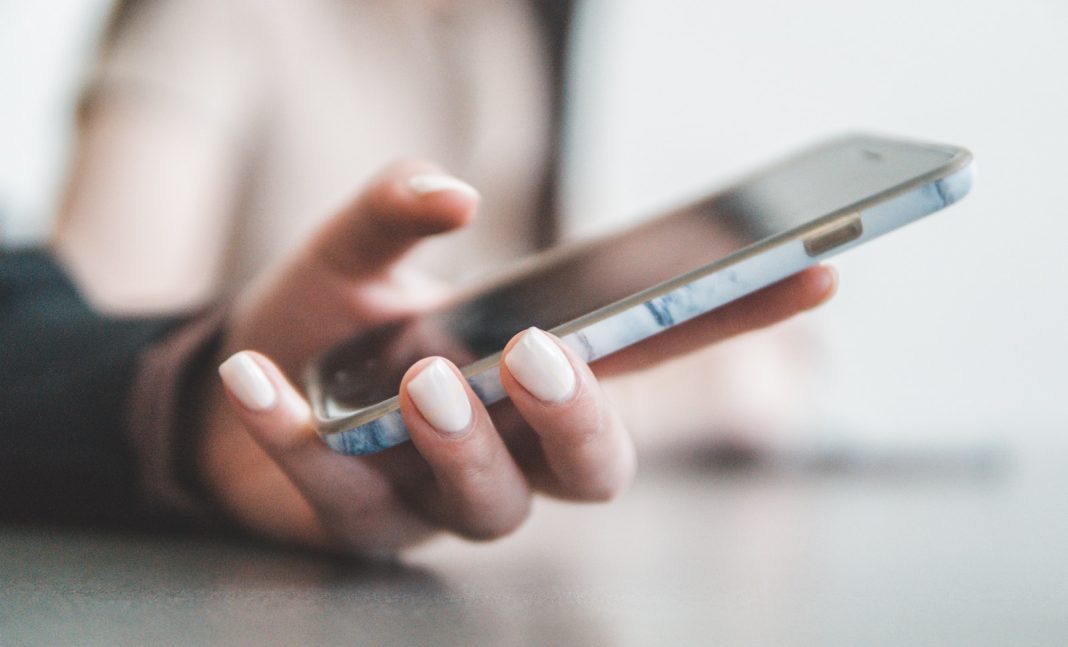In a world where information is key, being able to record phone calls for future reference is a valuable tool for both personal and professional purposes. However, if you’re an iPhone user, you may have noticed that Apple hasn’t made this process as straightforward as it could be. The iPhone, by default, doesn’t offer native call recording capabilities. But fear not, as we have two suggestions that can help you bypass this limitation and start recording your calls.
Legal Check: Know Your Jurisdiction
Before you delve into the world of call recording, it’s essential to ensure you’re on the right side of the law. Recording phone calls is subject to varying laws, depending on your location. Some regions may require consent from all parties involved, while others might prohibit it entirely. To avoid any legal complications, take a moment to research and understand the call recording laws in your state or country. A quick online search can provide you with the necessary information.
Option 1: Google Voice – Simple and Free
One of the most accessible ways to record phone calls on your iPhone is by using Google Voice. This service is not only free but also user-friendly. Keep in mind that it has a limitation – you can only record inbound calls; calls you initiate won’t be captured.
To get started, you’ll need a Google Account, which you’ll use to sign up for Google Voice and acquire a designated phone number. Follow the app’s guidance to complete this process. Once set up, navigate to Settings > Calls > Incoming Call Options and enable the toggle switch for recording.
Recording a call is as simple as answering it on Google Voice and pressing 4 on the keypad to start the recording. After the call concludes, a recording will be sent automatically to your email.
Option 2: Dedicated Apps – Tailored Solutions at a Cost
If Google Voice’s limitations don’t suit your needs, dedicated call recording apps provide an alternative solution. Several apps in the market, such as Recordator and TapeACall, specialize in recording phone calls on iPhones. However, be prepared for a subscription fee, as these apps often rely on additional services to facilitate call recording.
One notable option is TapeACall, which, despite its cost ( $9.99 per month or $59.99 per year), boasts ease of use and reliability. Upon creating an account and selecting your subscription, open the app, hit the record button, and dial the call you wish to capture. Once ready to start recording, tap the Merge Call button, and the app will connect to its servers, initiating the recording process.
While some apps come with a price tag, there are free alternatives like Rev Call Recorder. Keep in mind that additional services, such as transcription, may require payment.
Conclusion: Choose the Right Fit for You
In a world where communication is increasingly digital, having the ability to record phone calls can be a game-changer. Whether it’s for work-related discussions or personal matters, knowing how to navigate the iPhone’s limitations is crucial.
When opting for Google Voice, you gain a free and straightforward solution with the caveat of recording only inbound calls. On the other hand, dedicated apps like TapeACall offer more features but come at a cost. The key is to choose the option that aligns with your needs and budget.
Remember, regardless of the method you choose, always respect the legal boundaries surrounding call recording in your area. With the right knowledge and tools at your disposal, you can unlock the potential to revisit and reference important conversations at your convenience. Happy recording!


